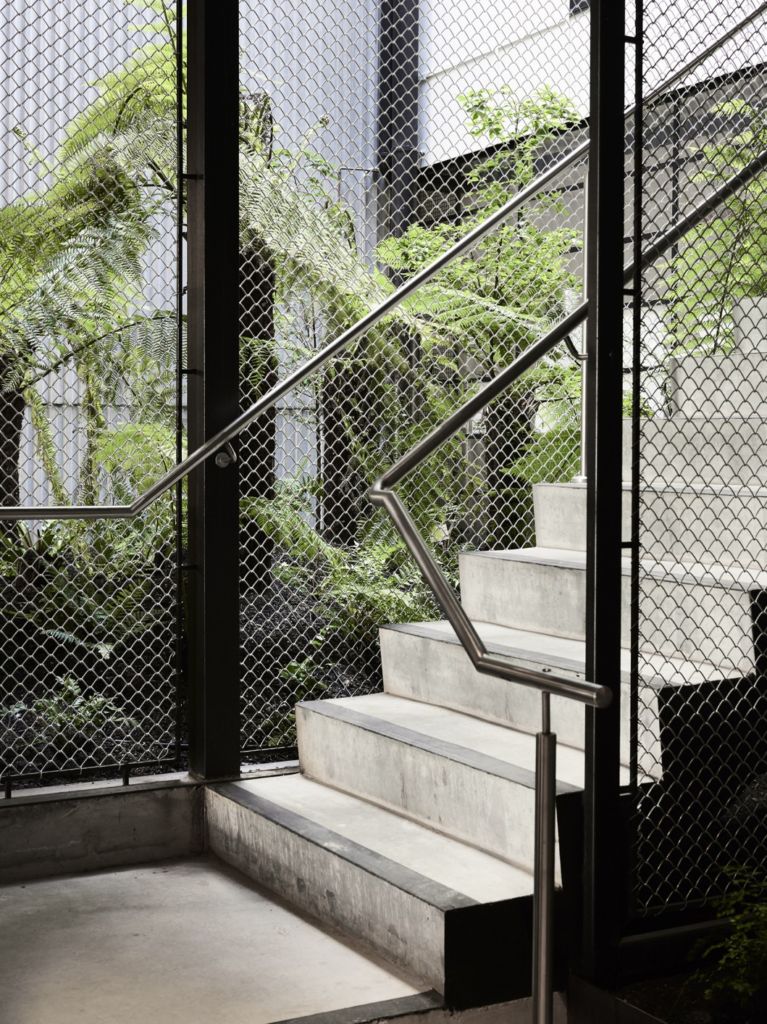
Over the last couple of weeks I have enjoyed uncovering the work of this year’s Pritzker Prize winners, finding empathy and resonance with both the outcomes and the design processes. Perhaps not that well known here, Anne Lacaton and Jean Philippe Vassal’s work is underpinned by a desire to unpack a project and disassemble the brief based on strong lines of economy and sustainability and is uncompromisingly pragmatic. While the outcomes are highly poetic, it is the work at the earliest stages and re-investigation of the fundamentals of the project that allow it to materialise. The focus on adaptation, re-use, and social responsibility is at the core of their approach;
“Demolishing is a decision of easiness and short term,” said Anne Lacaton. “It is a waste of many things – a waste of energy, a waste of material, and a waste of history. Moreover, it has a very negative social impact. For us, it is an act of violence.”[1]
These sentiments rang true – not only in the work we do here in my own practice, but in recent conversations the Institute has been engaged in; particularly around large infrastructure projects, their commissioning planning and execution, and what the architect’s role is, or might be. The notion that we work more with spreadsheets and simple diagrams than water-colour sketches may not be attractive but it reflects a valid truth around the way we work when we can. Architects are good at understanding the narrative, unpacking the program and understanding where the core values of a project lie. Certainly this is clear in the Nightingale [2] (and other social housing) projects; a program that understood the need to adjust the financial framework that underpinned the delivery process of housing typologies. The success of these programs – driven largely by architects, is evidence that this approach works; that there are other, better ways to do things.
I like to suggest we are not merely service providers; we work best when we are an integral part of the team and have an equal share in the discussion around the fundamentals of a project – understanding the way it sits within the broader social and urban structures. Not always an easy thing to work through within the confines of a traditional fee structure but is an important distinction and useful way of positioning ourselves in the process.
If we can consider the Pritzker prize as a barometer of the way leading architectural thinking and practice is undertaken (and I think it reasonably can be) then it seems that it is illustrative of the ongoing shift in the way architecture is practiced and the way in which architects are valued. In many ways the selection of Lacaton and Vassal reflects the continuing shift from more traditional formally driven architects (“a prize once reserved for flamboyant sculptors of icons”) [3] to those with a more social focus. I take heart from this. I like the way this may help to give us a more stable footing in the way we can approach projects but also in the way we are engaged.
Anthony Coupe
SA Chapter President
[1] https://www.theguardian.com/artanddesign/2021/mar/16/lacaton-vassal-unflashy-french-architectures-pritzker-prize
[2] https://nightingalehousing.org/
[3] ibid
